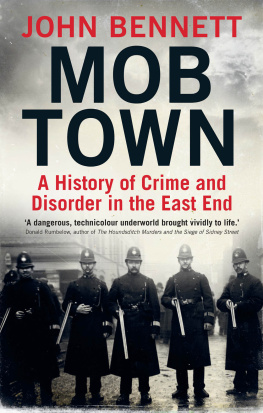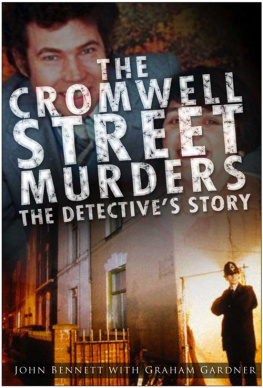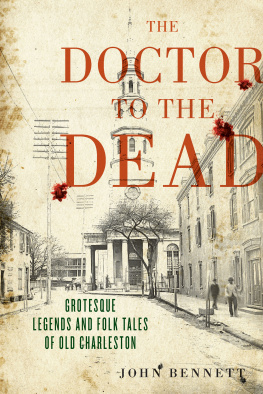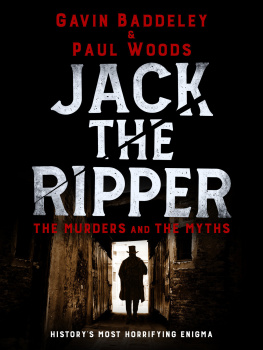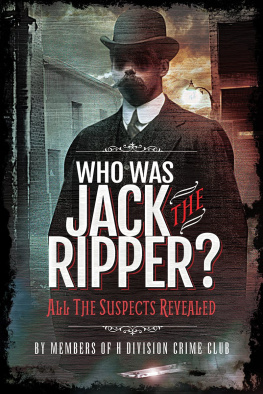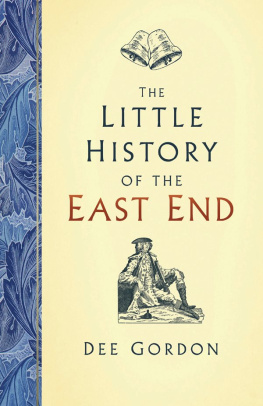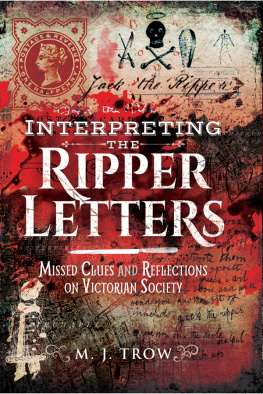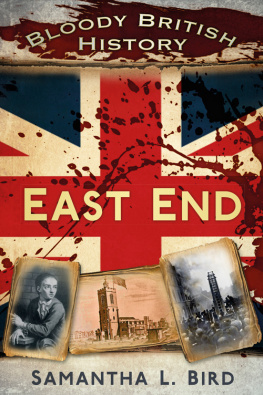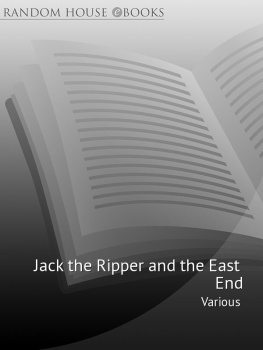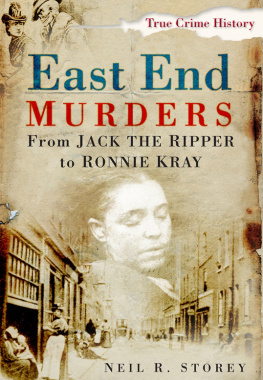MOB TOWN

Copyright 2017 John Bennett
All rights reserved. This book may not be reproduced in whole or in part, in any form (beyond that copying permitted by Sections 107 and 108 of the U.S. Copyright Law and except by reviewers for the public press) without written permission from the publishers.
For information about this and other Yale University Press publications, please contact:
U.S. Office:
Europe Office:
Set in Minion Pro by IDSUK (DataConnection) Ltd
Printed in Great Britain by TJ International Ltd, Padstow, Cornwall
Library of Congress Control Number: 2017942335
ISBN 978-0-300-22195-4
A catalogue record for this book is available from the British Library.
10 9 8 7 6 5 4 3 2 1
This book is dedicated to my wife Laura and our families,
both at home and abroad
Contents
Introduction
And away went the coach up Whitechapel, to the admiration of the whole population of that pretty densely populated quarter.
Not a wery nice neighbourhood, this, Sir, said Sam, with a touch of the hat, which always preceded his entering into conversation with his master.
It is not indeed, Sam, replied Mr. Pickwick, surveying the crowded and filthy street through which they were passing.
Charles Dickens, The Pickwick Papers (183637)
The East End, like the whole of London itself, can be said to be all things to all people; throughout its history it has been respected and reviled, lauded and feared, neglected and indulged, used and abused. The amount of change the East End has been subjected to through the centuries has made it an almost continuously shifting landscape of diverse industry, architecture, religion, politics and social class. This should make this particular part of the capital difficult to define (as one would define, say, the West End, which most would associate almost solely with entertainment and indulgence). The ever-changing East End should by rights avoid simplistic categorisation, yet the very name still conjures up stereotypes, some of which have prevailed for decades or even centuries.
Recently, with the regeneration of key locales within the area, particularly following the reinvention of Docklands as a world-class financial hub, the metamorphosis of key neighbourhoods like Spitalfields and Shoreditch into some of Londons coolest quarters, and the gradual creep of the City into its territory (the neighbourhood around Aldgate East is known today by property developers as City Fringe), this contradictory area is now favourably regarded for the richness of its modern culture. But many who actively seek out the distractions of the East End today would probably have given it a wide berth as little as thirty years ago. This author distinctly remembers the Spitalfields of the 1980s as a plethora of battered sweatshops, decaying houses and market detritus, with the homeless and the destitute a significant presence, the like of which was unimaginable around his home in the suburbs. Likewise, Wapping, neglected and mainly deserted following the closure of the docks more than a decade earlier, presented an unearthly warren of streets overshadowed by grim warehouses, with the air of an unsettling dystopia. Then as now, for many it was the numerous street markets Petticoat Lane, Brick Lane and Club Row, to name the most famous that continued to give the East End life, and thirty years ago these hubs of activity echoed with the cockney street-patter that was even then becoming a noticeably diminishing clich.
And if it is clichs one is after, the East End of that time was abundant with them: sooty terraces of damp, mice-ridden homes with outdoor lavatories, the front doorsteps nevertheless kept spotless out of pride; the cheeky market trader whose business was not always as legitimate as he would have you believe; Pearly Kings and Queens in all their finery; small dark pubs, fiercely guarded by the locals as they revelled in the atmosphere of light ale fumes, cigarette smoke and the slightly discordant jangle of a piano; grubby-faced children playing in the streets, taking boisterous joy from whatever bits of disregarded rubbish they could turn into playthings; gnarled and destitute meths drinkers crowded round a constantly lit fire on a bombsite. All of this is dreadfully simplistic, of course, but these oft-evoked and now predominantly extinct perceptions were once the norm (and were probably accompanied by the irrepressible pub piano and a dozen rough-and-ready East Enders singing Knees Up Mother Brown).
But the other element of East End life that appears to linger in the collective memory, deservedly or not, is its criminality. Like the much-evoked hardship and poverty associated with London east of the City, so the subject of lawlessness refuses to go away. It is somewhat unfortunate that the East End has had a number of high-profile cases which have served to make criminal behaviour a frequent focal point to those who study its history; the legends of Jack the Ripper and the Kray twins continue to fire the publics imagination, and other dramas such as the Siege of Sidney Street and the Battle of Cable Street remain recurrent reference points. Popular fiction has reinforced the East Ends villainous reputation through the works of Charles Dickens, Arthur Morrison and Sax Rohmer. Non-fiction, particularly reportage from the second half of the nineteenth century, kept the reading public abreast of all that was considered morally wanting in this apparently insalubrious quarter.
It was the latter material, particularly prevalent during the Whitechapel murders of 1888, when all eyes were peering into Londons underbelly, that cemented the East Ends reputation for crime and vice in the decades that followed. But whilst the motives for crimes like those perpetrated by the Ripper were less discernible, many examples of unlawful behaviour east of Aldgate Pump had immediately recognisable causes, often as a result of the districts setting within the geography of the metropolis. Its proximity to the City boundaries and the docks provided many situations which could be exploited by the criminal-minded, whether it was through greed, need, or as a result of frictions and tensions such as those surrounding race, religion or politics. Some episodes, naturally, escape categorisation. Thus the criminal history of the East End of London is a rather large subject, for in between the major causes clbres and there have been many sit a plethora of incidents which, despite having less impact in their day and having quickly been obscured by the mists of time, remain no less important in regard to what they tell us about lawlessness in the East End of London, and its causes.
But in the same way that the East End defies simplistic categorisation in terms of its character, so it possesses unclear borders. One could well ask, What and where is the East End? The boundaries tend to expand or contract depending on which authority one consults. The Encyclopaedia Britannica, for example, has the East End beginning at Aldgate Pump, at the confluence of Leadenhall and Fenchurch Streets: this is a fair assumption, for beyond lies Whitechapel, certainly the heart of the East End in many peoples minds. Gardiners Corner once the site of a prominent department store That said, the concept of the East End denizen as a breed unto him or herself is yet another clich the place is too diverse to maintain such an ideal, especially today.
For our purposes, the East End shall be as it has been defined by a number of commentators bordered by the City to the west, the Thames to the south, the neighbourhoods of Bethnal Green and Shoreditch to the north, and where the River Lea drives through Bow to the east: a district which since 1965 has been the London Borough of Tower Hamlets. There is much history and turbulence here: civil disorder, dissent, industrial sabotage, theft (both petty and large-scale), housebreaking, gang warfare, racist violence, prostitution, violent assault and murder. Less commonly considered themes come in the form of child neglect and infanticide, illegal gambling, drunkenness and corruption.
Next page
